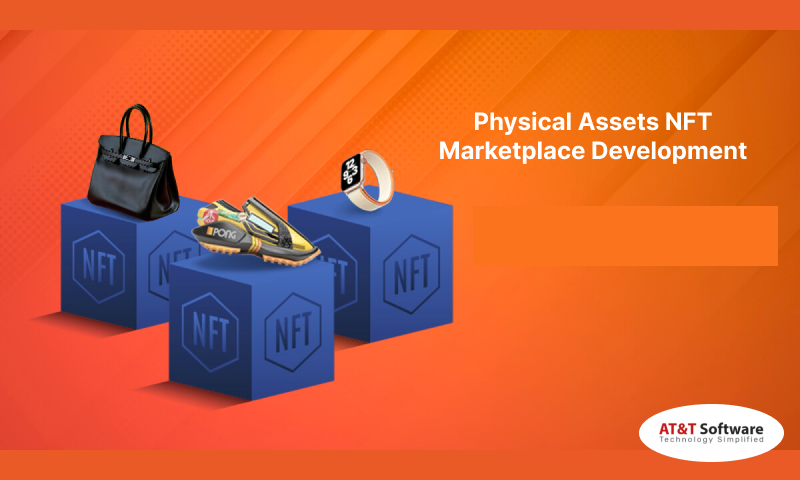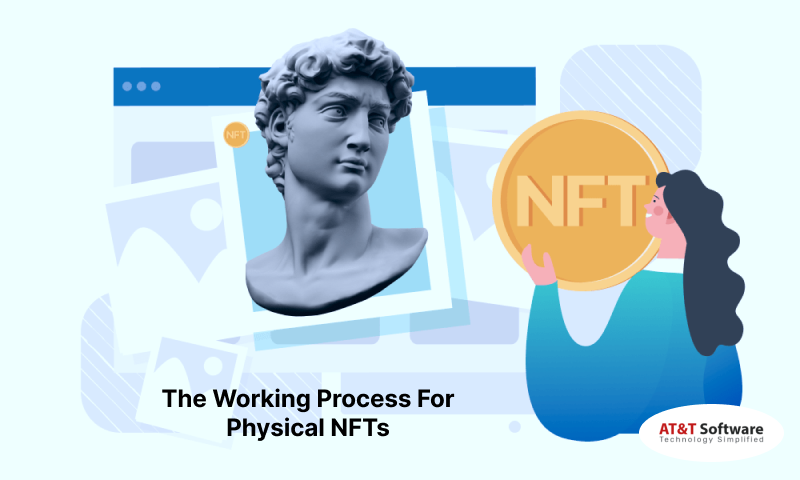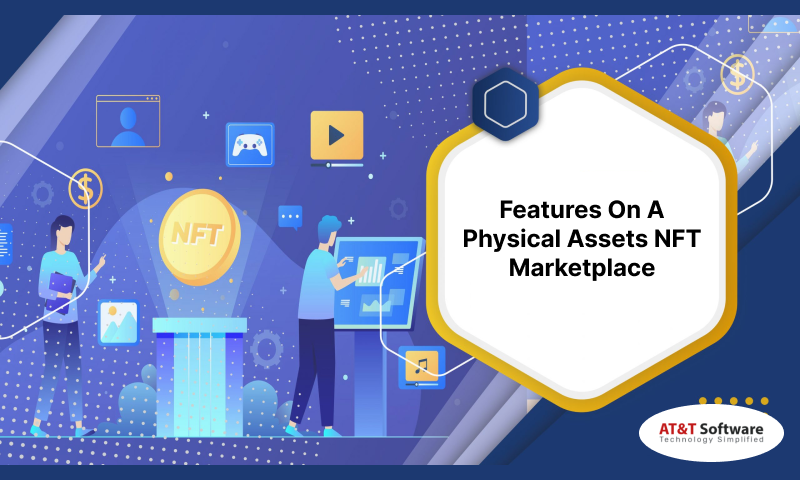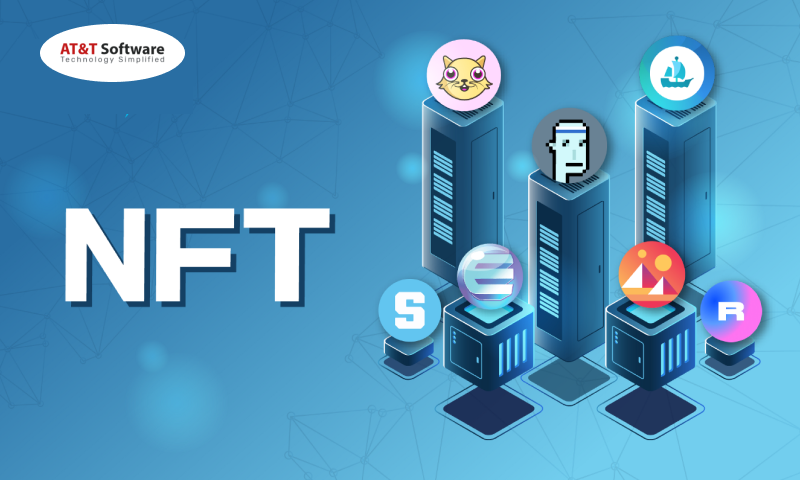Physical Assets NFT Marketplace Development
home / blog / Physical Assets NFT Marketplace Development

Most of us know the connection between NFTs and digital assets. In fact, many people believe that digital assets are the only items that can be used in NFTs. However, that is not the case, and physical assets are as viable as digital ones. This is why there have been talks of an NFT marketplace development that includes physical assets on the list.
Virtual artwork, music, and films are popular items for the NFT platform. An NFT marketplace for physical assets can include physical artwork, patents, real estate, and other similar items that have value in the NFT sphere. The process of minting physical assets is the USP for such an NFT marketplace.
- For a tangible asset to be traded on an NFT marketplace, it must be tokenized first. Then, NFCs or Near-Field Communication is installed in that physical item, which helps transfer digitalized information.
- Once the assets get installed with an NFT tag, it gets ready to be minted as an NFT. The minting process requires the address of the NFT creator.
- The physical content is stored with a digital description, also known as metadata. It includes description, information, legal contracts, and other details of relevance. This metadata is stored on the blockchain platform.
- The platform should also have a verifying process. Thus, the NFC-NFT linked asset stores the proof of ownership under the smart contracts. After the verification, these crypto collectibles will be put on for sale in an online NFT marketplace. Once the item is sold, the new owner can rewrite the ownership using metadata and transaction history.
- NFTs have become quite popular for multiple reasons, and royalties are one of them. The creator has much agency over their asset on an NFT platform, and they also receive royalties every time the item is resold on any secondary marketplace.
The Working Process For Physical NFTs

You can tell by yourself that physical NFTs are slightly different from digital NFTs. Hence, it is also understandable that they both have at least slightly different working processes. While there is no stopping the rise of digital NFT marketplaces, physical assets are also included in the mix. So, let us discuss the working process of a physical NFT marketplace.
- For starters, the physical asset needs to be linked to an NFT to proceed ith the rest.
- The asset is put up for sale, trade, or auction over the NFT platform. The records are etched into the public ledger as the item is sold. In addition, the product price to other details is recorded with complete transparency.
- Once the object is stored under the blockchain platform, it can easily be traced. Furthermore, the stored details cannot be tampered with by the inclusion of smart contracts. This also helps the buyer to have authentic proof of the current owner of the asset and other relevant details.
- The sellers who put up their assets for sale on the NFT marketplace will get royalties with every sale.
Features On A Physical Assets NFT Marketplace

Physical Assets NFT Marketplace Development still requires features that are not only relevant but mostly complimentary to the functionality of the platform. These features help every user easily navigate the platform and look for collectibles that may interest them.
Advanced Navigation
As we have been talking about navigating the platform for collectibles, the platform may include advanced search options and filters to let audiences find products accurately.
Auction
The physical assets listed by sellers can be put on auction. However, unlike sales with a certain price limit, the auction does not abide by such rules. Hence, the sky is limited in terms of acquiring profit.
Crypto Wallet
There is no need to state the importance of a crypto wallet in an NFT marketplace. After a product gets sold, the wallet is used for the transactions.
Physical Asset Listing
The platform should also consider a separate minting method for physical assets. The owners can add descriptions, dates, prices, and other details while listing them.
NFT Shopping
The NFT shopping place will contain all the diverse items posted on the platform by different sellers. The users can go through the list of collectibles and take part in trading if they happen to like something.
Conclusion

It is to be noted that virtual assets of different kinds are currently dominating the NFT industry. In the case of physical assets NFT, real assets are incorporated as crypto collectibles. These collectibles are minted on a blockchain platform, and legal protections, insurance, warranty, and other variables are also considered.

I hope you enjoy reading this blog post.
Would you like to get expert advice? Schedule a Call
About Webrock Media
Webrock Media comes with an incredible team of website and mobile application developers who can customize the perfect solutions to transform your business. We think ourselves to be an ideal ‘Technology Simplified Destination’ as we know how to perfectly merge creativity and programming to build robust websites for our clients.
